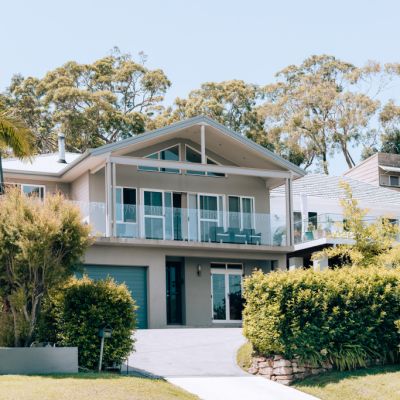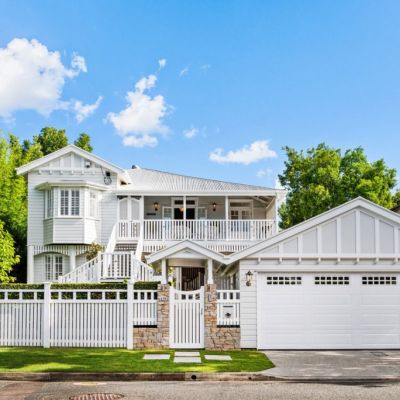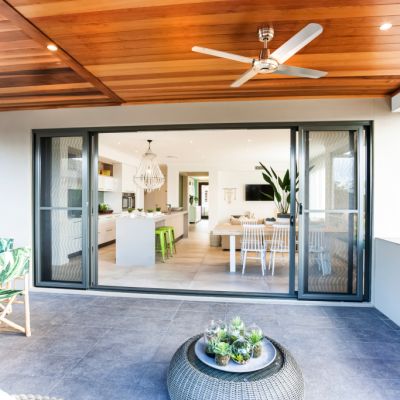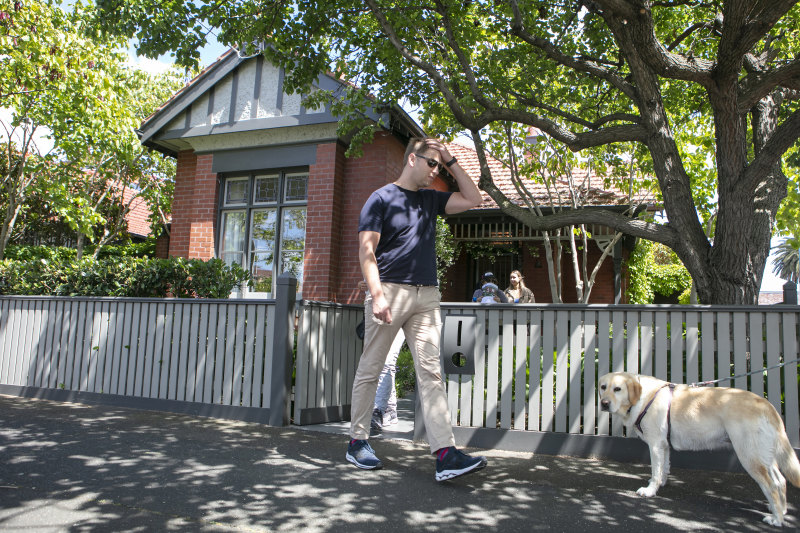What’s driving the Australian renovation frenzy?
A bathroom renovation – or a trip to Paris and Rome? Taking the kids on a dream holiday to Disneyland – or new kitchen benchtops, splash-backs and cabinet doors?
Pre-COVID-19, many of us wouldn’t have thought twice before buying the tickets and packing our bags. Today, in the absence of that choice, we’re in the midst of a record renovation frenzy, with our spending up an estimated 10 per cent on even last year’s mega $37.5 billion cash splash, according to the Housing Industry Association (HIA).
“This year is going to be another record renovation spend,” said HIA chief economist Tim Reardon. “It’s a lot to do with COVID and people seeking more living spaces and working from home and, because of the pandemic, not being able to move home as much.
“We also haven’t had as much household expenditure on travel and restaurants and entertainment, so we’re spending that money instead on home renovations. Then you add in the government’s HomeBuilder grant and low interest rates and you can see why even our spending in hardware stores has gone up by more than 25 per cent.”
Homebuilder funds millions
By April 9, a total of 22,110 Australians had applied for HomeBuilder, according to the Federal Treasury, receiving either $15,000 or $25,000 grants towards work costing between $150,000 and $750,000, depending on the value of their house. That’s likely to add up to an astonishing $41.2 billion worth of work for 2020/2021, according to HIA forecasts.
Even as the grants finish, it’s likely our newfound enthusiasm, stoked by the popularity of TV shows such as The Block and Grand Designs, won’t abate. The next year, the cost of renos undertaken is likely to be only minutely down, says Reardon, to $39.98 billion.
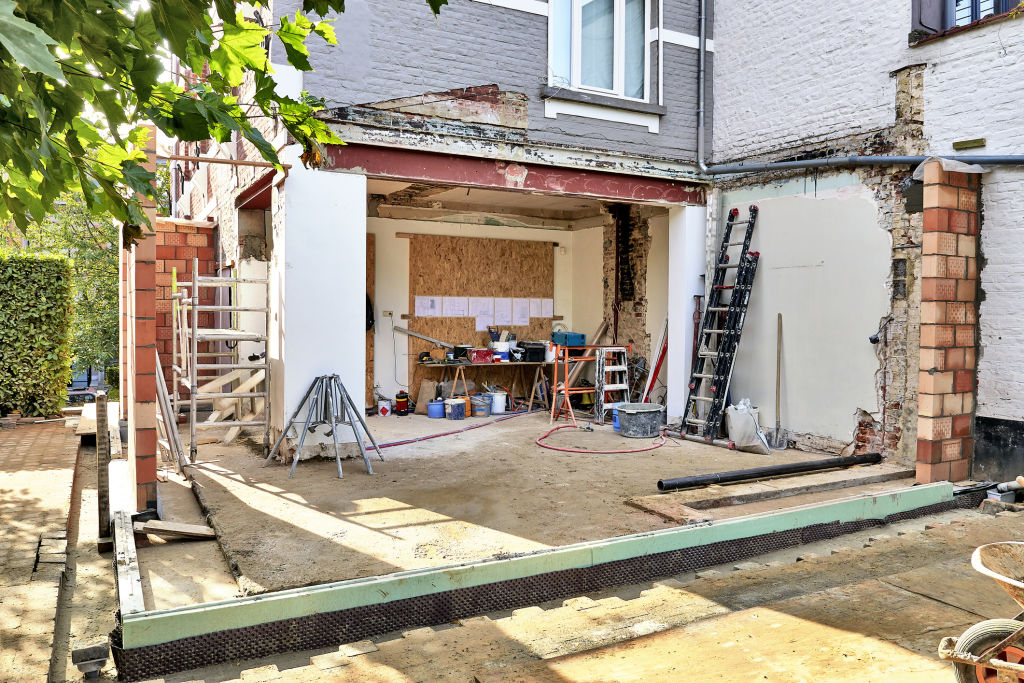
Australian Bureau of Statistics figures on total expenditure indicate that, while half of us spent less than $40,000 on renovations, the rest splurged between $40,000 and $300,000.
“I think everyone starts with a certain budget and plans to stick to that,” said buyers’ agent Rich Harvey, CEO of propertybuyers. “But then virtually everyone blows the budget. You look for door handles but see some others that are really nice and a bit more expensive, and before you know it, the budget’s gone out of the window.
“COVID has meant we’ve been in our homes for longer, and we’ve been cramped up and don’t have a proper space to work in. So now we’ve decided to do something about it. We started out as a nation of people who wanted to own real estate. Now, we’re a nation of upgraders and improvers.”
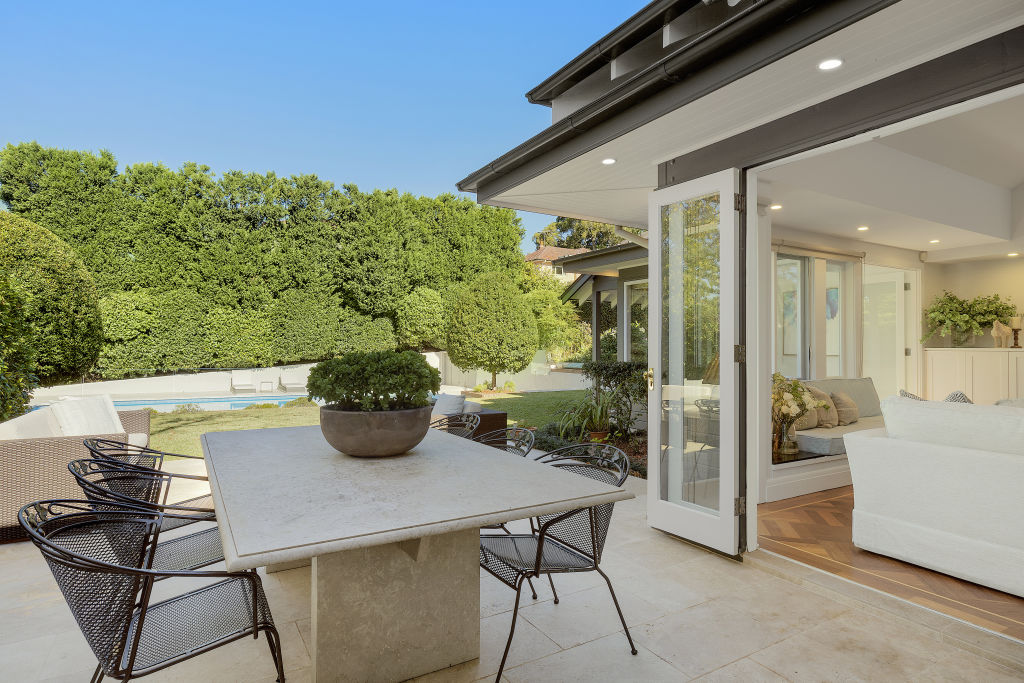
Renovation v removals
While there are those who are moving into bigger homes, perhaps with that cherished 2021 dream of a home office, and many moving from the cities to the coast and regional areas, there are many more who’ve decided to hold the fort and simply extend it, add on to it, and give it a whole new look.
After all, stamp duty on moving to a $2 million house can be as much as $100,000 – that’s certainly enough to pay for a sizeable renovation on the existing nest.
Geoff Fitzpatrick, a spokesperson for the Design Institute of Australia, sees how often renovations are happening.
“I think a lot of people took the opportunity during the various lockdowns to have a good, hard look at their homes, and then remove so much clutter from them,” he said. “Marie Kondo has a great deal to answer for!
“Then, the moment you remove things, it can show up the deficits and deficiencies in other areas. And once you start … A friend replaced a washer on a dripping tap in his bathroom, broke a tile while he was doing it, then had to replace all the wall tiles and the floor tiles that matched. Before he knew it, he’d done the whole kitchen and was starting on the bedroom.”
We recommend
We thought you might like
States
Capital Cities
Capital Cities - Rentals
Popular Areas
Allhomes
More
